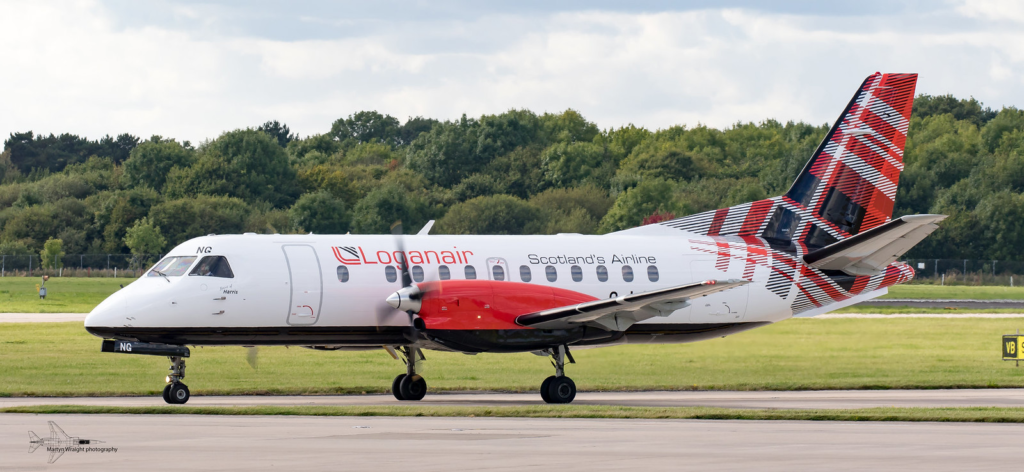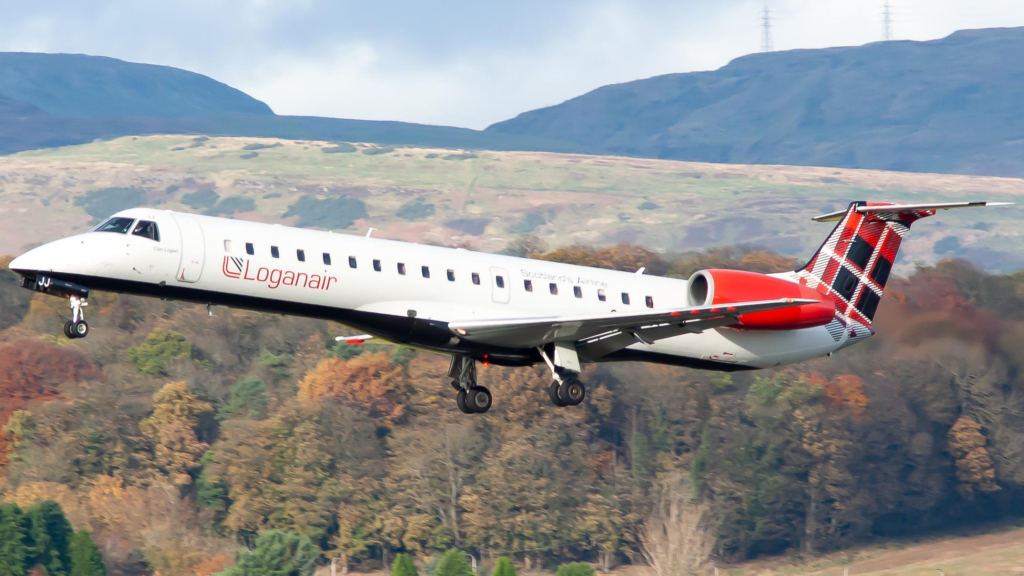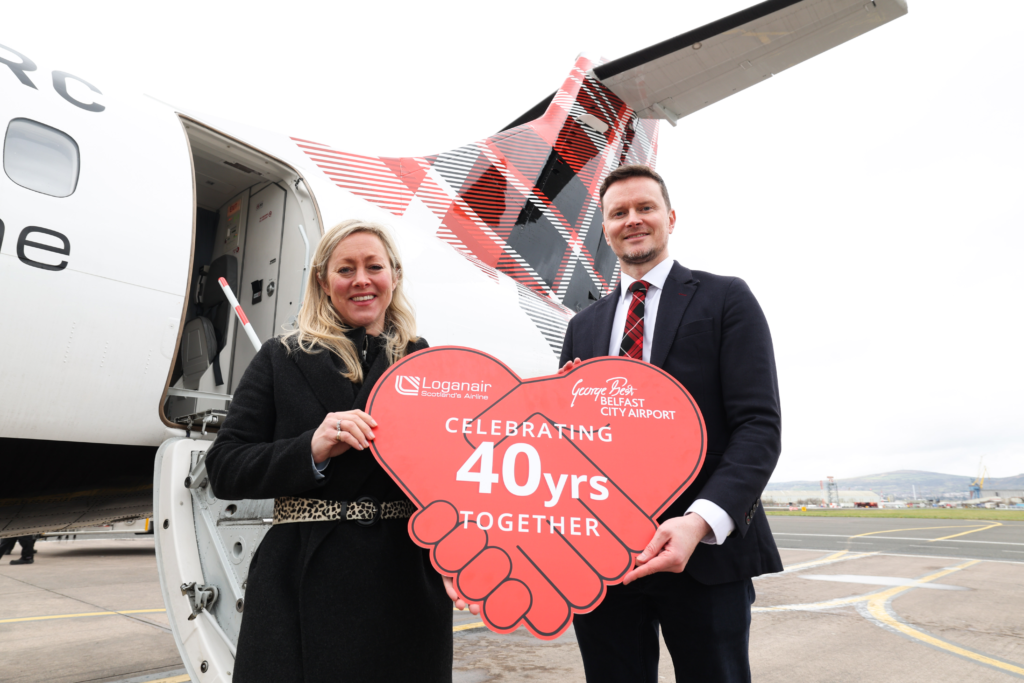
The Soaring Journey of Loganair: Scotland’s Beloved Airline

Loganair, affectionately known as Scotland’s Airline, has a rich and storied history that reflects the spirit of Scottish innovation and resilience. Founded in 1962, Loganair has grown from humble beginnings into a vital player in the regional airline industry, connecting remote communities and fostering economic growth across Scotland and beyond.
Early Days and Foundation
Loganair was established on February 1, 1962, by Willie Logan, a construction magnate whose company, Logan Construction, initially used the airline to transport workers to remote hydro-electric projects in the Highlands. The airline’s first aircraft, a single Piper PA-23 Apache, began operations from Edinburgh Turnhouse Airport (now Edinburgh Airport).

Initially, Loganair’s services were modest, catering primarily to Logan Construction’s internal needs. However, the potential for commercial aviation in the Highlands quickly became apparent, leading to the expansion of services to include scheduled passenger flights.
Expansion and Development

Throughout the 1960s and 1970s, Loganair steadily expanded its fleet and route network. The airline introduced the Britten-Norman Islander and the Twin Otter, both ideally suited for short-haul flights and operations on rough airstrips. These aircraft allowed Loganair to serve remote destinations like the Orkney and Shetland Islands, establishing itself as a lifeline for these communities.
In the 1980s, Loganair began to forge important partnerships, including a significant codeshare agreement with British Airways. This partnership enhanced Loganair’s visibility and integration into the broader aviation network, bringing more connectivity to its passengers.
Challenges and Resilience

The late 20th century brought challenges as well as opportunities. Economic pressures and increasing competition required Loganair to adapt continually. The airline responded by modernizing its fleet, introducing aircraft like the Saab 340 and the Dornier 328, which offered improved efficiency and passenger comfort.

In 2008, Loganair became a franchise partner of Flybe, further extending its reach and operational capacity. However, this partnership came to an end in 2017, prompting Loganair to rebrand and once again operate under its own name. This transition marked a new chapter, emphasizing Loganair’s independence and commitment to Scottish regional aviation.
Modern Era and Innovations

Today, Loganair operates a diverse fleet of aircraft, including the Embraer ERJ-145 and the ATR 42, serving over 40 destinations across the UK and Europe. The airline has embraced modern technology and sustainability initiatives, focusing on reducing its environmental impact and enhancing passenger experience.

In 2020, amidst the global pandemic, Loganair showcased its resilience and adaptability by maintaining essential services and introducing cargo flights to support the transport of medical supplies and other critical goods. This period underscored the airline’s role as a crucial component of Scotland’s infrastructure.
A Bright Future

As it looks to the future, Loganair continues to prioritize connectivity for Scotland’s remote and rural areas while exploring new opportunities for growth. The airline’s enduring legacy is a testament to its commitment to providing reliable, high-quality service and fostering connections within Scotland and beyond.

Loganair’s journey from a small operation serving construction projects to Scotland’s national airline is a remarkable story of innovation, adaptation, and dedication. As it continues to soar to new heights, Loganair remains a symbol of Scottish pride and resilience.

